It is peach picking time in Connecticut. My husband has requested I can peaches because he loves eating the Del Monte brand. I immediately went to search mode to find instructions on how to do it and was surprised to see I can use a hot water canning process instead of a pressure canner.
As a home canner I should have a pressure canner, but I never did invest in one. So after finding out I can do a hot water process, it looks like I will be canning peaches this year.
These instructions came right off of a website. I have not applied any of these techniques yet, so for me they are untried. Here is the instructions from Pick Your Own.com.
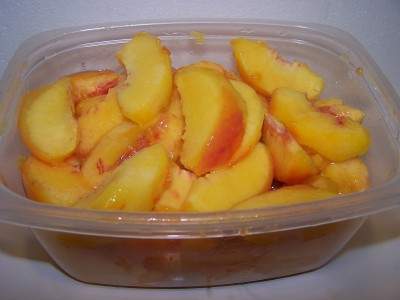


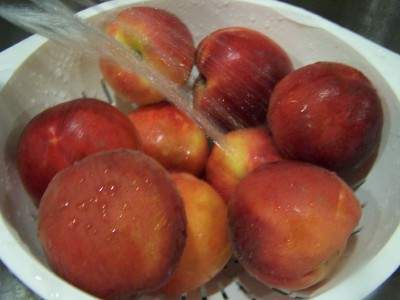 I'm sure you can figure out how to wash the peaches in plain cold or lukewarm water
I'm sure you can figure out how to wash the peaches in plain cold or lukewarm water
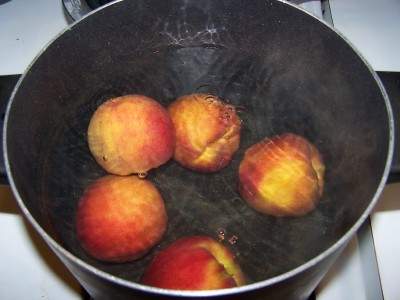
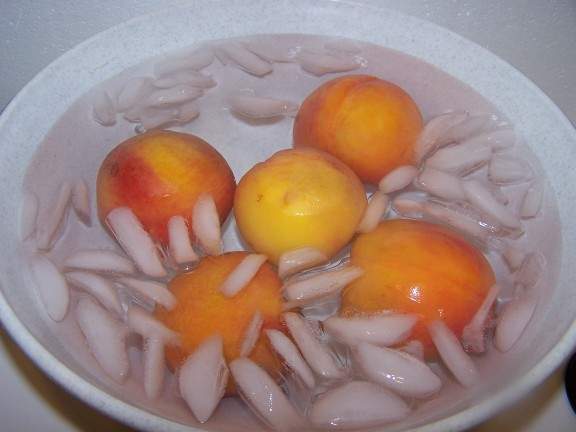
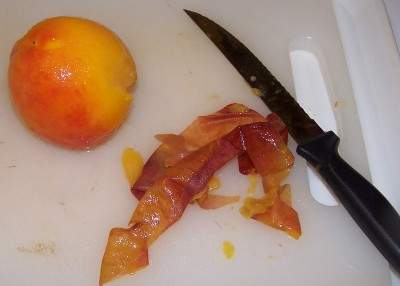

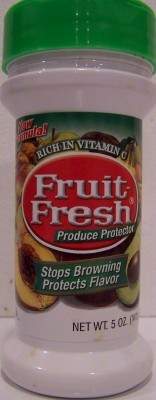
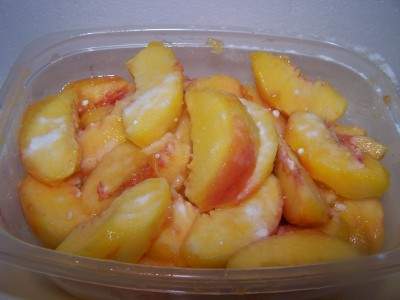
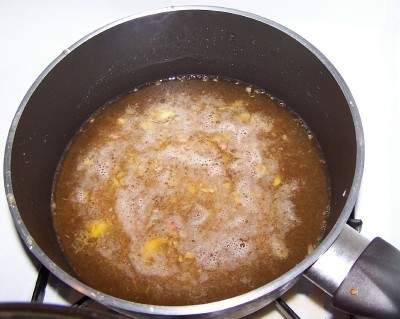
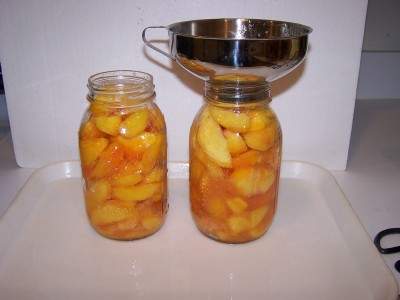
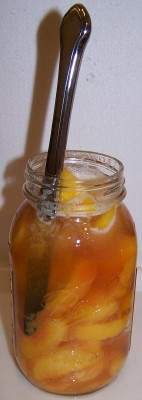
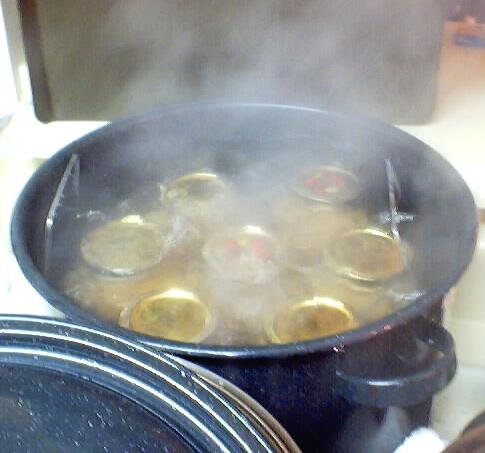
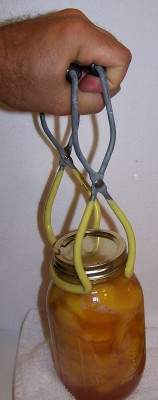
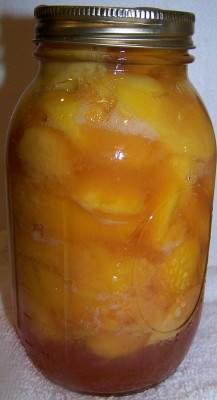
As a home canner I should have a pressure canner, but I never did invest in one. So after finding out I can do a hot water process, it looks like I will be canning peaches this year.
These instructions came right off of a website. I have not applied any of these techniques yet, so for me they are untried. Here is the instructions from Pick Your Own.com.
How to Make Homemade Canned Peaches, Plums, Pears, Plums, Nectarines and Cherries
You think making and canning your own peaches, pears, plums, cherries or nectarines is difficult or expensive? Not at all! Here's how to do it, complete instructions in easy steps and completely illustrated. In the winter when you open a jar, the peaches will taste MUCH better than anything you've ever had from a store, and by selecting the right fruit, it will use less sugar than store-bought canned peaches. Peaches, pears, plums, cherries or nectarines can be packed in very light, light or medium sugar syrup. They can also be packed in water, apple juice or white grape juice.
Prepared this way, the jars have a shelf life of about 12 to 18 months, and aside from storing in a cool, dark place, require no special attention. If you'd rather freeze your fruit, see

my page on how to freeze peaches, plums, nectarines, figs and cherries. Even easier than canning and they will taste just like fresh.. but it does take up space in the freezer. You may want to make make your own home canned peach pie filling to use in the winter, too.
And here are some great and easy peach desert recipes!
Directions for Making Canned Peaches, Apricots, Pears, Pluots, Plums, Cherries or Nectarines
Ingredients
- Fruit (see step 1)
- Sugar (or fruit juice, or Stevia ; or if you prefer, Splenda), or just water!)
Equipment
- 1 Water Bath Canner (a huge pot with a lifting rack to sanitize the jars of peaches after filling (about $30 to $35 at mall kitchen stores and local "big box" stores, but it's usually cheaper online from our affiliates) You CAN use a large pot instead, but the canners are deeper, and have a rack top make lifting the jars out easier. If you plan on canning every year, they're worth the investment.;
OR
a pressure canner
You can use either with this recipe. The processing times for each are given in the recipe. - Jar grabber (to pick up the hot jars)
- Lid lifter (has a magnet to pick the lids out of the boiling water where you sanitize them. ($2 at mall kitchen stores and local "big box" stores, but it's usually cheaper online from our affiliates)
- Jar funnel ($2 at mall kitchen stores and local "big box" stores, but it's usually cheaper online from our affiliates)
- At least 1 large pot
- Large spoons and ladles
- Ball jars (Publix, Kroger, other grocery stores and some "big box" stores carry them - about $8 per dozen quart jars including the lids and rings)
Recipe and Directions
Step 1 - Selecting the peaches, apricots, pluots, plums, cherries or nectarines

The most important step! You need peaches that are sweet, and to make the work easier, cling-free (also called freestone). This means that the peach separates easily from the pit! Same with nectarines, and this doesn't apply to cherries or plums. Don't miss the peach picking tips page!
Choose ripe, mature fruit of ideal quality for eating fresh or cooking. They should not be mushy, but they also should not be rock hard: just as ripe as you would eat them fresh.
After this step, I'll just refer to "peaches" but it applies to plums, pears, cherries and nectarines.
Step 2 - How many peaches and where to get them
You can pick your own, or buy them at the grocery store. But for large quantities, you'll find that real* farmer's markets, like the Farmer's Market in Forest Park, Georgia have them at the best prices.
It takes about 5 good sizes peaches or nectarines (or about 10 plums) to fill one quart jar. An average of 17½ pounds is needed per canner load of 7 quarts; an average of 11 pounds is needed per canner load of 9 pints. A bushel weighs 48 pounds and yields 16 to 24 quarts — an average of 2½ pounds per quart.
* - not the cutesy, fake farmer's markets that are just warehouse grocery stores that call themselves farmer's markets.
Step 3 - Prepare the sugar (or other sweetener) solution

Peaches must be packed in a solution of water and sugar or fruit juice. It's up to you which to use. Sugar is added to improve flavor, help stabilize color, and retain the shape of the fruit. It is not added as a preservative. Sugar solution is much less expensive (unless you have a supply of cheap grape juice), so I usually use a light solution to keep sugar (and the added calories) to a minimum.
| Sugar Syrup | |||
| Syrup | Sugar | Water | Yield |
| Light | 2 cups | 6 cups | 7 cups |
|---|---|---|---|
| Medium | 3 cups | 6 cups | 6 1/2 cups |
| Heavy | 4 cups | 6 cups | 7 cups |
NOTE: you can ALSO use fruit juice (if you want a natural alternative) or water or artificial sweetener (Stevia (or if you prefer, Splenda), but NOT Nutrasweet; if you want a low calorie alternative). Click here for instruction about how to prepare these sugarless, fruit juice, or Stevia (or if you prefer, Splenda) solutions!
To prepare syrup, while heating water, add sugar slowly, stirring constantly to dissolve. Bring to a gentle boil and keep it simmering. After preparing the liquid syrup, keep it hot (but not boiling).
How much solution to make? That is hard to say. Everyone packs the peaches in the jars a bit differently and that obviously and directly affects the amount of solution needed. You can store any unused solution in the fridge or freezer, and boil it again for use in the next batch.
Step 4 - Wash the jars and lids

This is a good time to get the jars ready! The dishwasher is fine for the jars; especially if it has a "sanitize" cycle. Otherwise put the jars in boiling water for 10 minutes. I just put the lids in a small pot of almost boiling water for 5 minutes, and use the magnetic "lid lifter wand" (available from target, other big box stores, and often grocery stores; and available online - see this page) to pull them out.
Step 5 -Wash the peaches!
 I'm sure you can figure out how to wash the peaches in plain cold or lukewarm water
I'm sure you can figure out how to wash the peaches in plain cold or lukewarm waterStep 6 - Peeling the Peaches

Nope, we're not going to peel them by hand; that's way too much work. Instead, here's a great trick that works with many fruits and vegetables with skins (like tomatoes): just dip the fruit in boiling water for 20 to 45 seconds.
NOTE: this works GREAT on ripe peaches, but if the beaches are rock hard, not so well. Best to let the peaches soften for a day or two first!

Remove from the boiling water using a slotted spoon and put into a large bowl or pot of cold water and ice for several minutes

The skins will easily slide off now!
Nectarines do not need to be peeled, if you don't mind the skins. Neither do peaches, but most people prefer them with skins off - they tend to be slimy after all this.
SAVE THE PEELINGS in the fridge - to make peach honey!
Note: one visitor reports she has good success using a potato peeler on unblanched peaches.
Step 7 - Cut up the peaches

Cut out any brown spots and mushy areas. Cut the peaches in half, or quarters or slices, as you prefer! Remove pits!
Step 8 - Prevent the fruit from darkening!

Peaches will turn brown when exposed to air, even air in a sealed, sterile jar. To keep the fruit from turning brown, when you get a bowlful, sprinkle 1/4 cup lemon juice or Fruit-Fresh (which is just a mix of citric acid and vitamin C, perfectly natural). Then stir the peaches to make sure all the surfaces have been coated.

Step 9 - For a Hot Pack

Hot packing is recommended for all fruits because it is a bit safer and makes fruit easier to pack in jars. Hot packed peaches are also less likely to float than peaches canned by the raw-pack method. Just put the cut peaches into the barely boiling syrup solution for 5 minutes. (If you want to use the "cold pack" or "raw pack" method, just skip this step!)
Hot packing also helps top reduce air entrapment (bubbles) as the cell structure of peaches tends to retain air; which is released during the heating prior to the jars being filled. Hot packing also tends to produce brighter colors.
Step 10 - Fill the jars

Pack the peaches into sanitized jars (leaving 1/2 to 1 inch space at the top) and cover with boiling sugar syrup leaving 1/2 inch head space. (if you don't cook or heat the peaches first, this is called "cold packing"). Run a rubber spatula or table knife gently between peaches and jar to release trapped air bubbles. To do this more effectively, tilt the jar slightly while running the tool between the fruit and the edge of the jar and also pressing inward against the fruit a few times.
After packing the peaches in the jar, pour the sugar solution up to 1/2 inch (1 cm) from the top. the fruit should be covered completely. If you have problems with fruit darkening (turning brown) later, then sprinkle 1/2 teaspoon of FruitFresh or ascorbic acid into the top of the jar before you seal it.
Wipe rim and screw threads with a clean damp cloth. Add lid, screw band and tighten firmly and evenly. Do not over tighten.
Tips!

Canned fruits often will float if the sugar syrup is too heavy, if jars are packed too loosely or if air remains in the tissues of the fruit after processing. To avoid this use a light or medium sugar syrup, make sure fruit is firm and ripe and pack fruit tightly in jars without crushing.
If fruit is not covered by liquid it may darken during storage (but does not necessarily mean it is spoiled, as all fruits will darken somewhat). To avoid this be sure fruit is covered by removing air bubbles from jars liquid while still leaving the recommended head space. Also be sure to remove trapped air bubbles as described earlier.
Peaches, pears and apples may also show a blue, red or pink color change after canning. This is the result of natural chemical changes that sometimes occur as fruits are heated. It is harmless and won't affect flavor!
Also, avoid storing canned food near heat sources such as a furnace, water heater, hot water or sunny areas. Jars need to be kept cool and dark for longer storage life and to protect against spoilage. Be sure to store in a dry place. If the lid or band rusts, that can cause the seal to break.
Step 11 - Process the jars in the water bath (or pressure canner - see the table)

Put the sealed jars in the canner and keep them cover with at least 1 inch of water and boiling. In general, if you are at sea level, boil them for at least 20 minutes (and no more than 30 min).
Here are more specific guidelines from the USDA for canning peaches in a boiling-water canner.
If you have a pressure canner; either a dial or a weighted-gauge canner, you can use that. The times for pressure canners are given below, also.
Table 1. Recommended process time for Peaches, halved or sliced
in a boiling-water canner. | ||||||
| – |
Process Time at Altitudes of
| |||||
| Style of Pack | Jar Size | 0 - 1,000 ft | 1,001 - 3,000 ft | 3,001 - 6,000 ft | Above 6,000 ft | |
| Hot | Pints Quarts | 20 min 25 | 25 30 | 30 35 | 35 40 | |
| Raw | Pints Quarts | 25 30 | 30 35 | 35 40 | 40 45 | |
Table 2. Process Times for Peaches (Halved or Sliced)
in a Dial-Gauge Pressure Canner. | ||||||
| Canner Pressure (PSI) at Altitudes of | ||||||
| Style of Pack | Jar Size | Process Time (Min) | 0 - 2,000 ft | 2,001 - 4,000 ft | 4,001 - 6,000 ft | 6,001 - 8,000 ft |
| Hot and Raw | Pints or Quarts | 10 | 6 | 7 | 8 | 9 |
Table 3. Process Times for Peaches (Halved or Sliced)
in a Weighted-Gauge Pressure Canner. | ||||
| Canner Pressure (PSI) at Altitudes of | ||||
| Style of Pack | Jar Size | Process Time (Min) | 0 - 1,000 ft | Above 1,000 ft |
| Hot and Raw | Pints or Quarts | 10 | 5 | 10 |
Step 12 - Remove and cool

Lift the jars out of the water and let them cool without touching or bumping them in a draft-free place (usually takes overnight), here they won't be bumped. You can the

n remove the rings if you like, but if you leave them on, at least loosen them quite a bit, so they don't rust in place due to trapped moisture.
Once the jars are cool, you can check that they are sealed verifying that the lid has been sucked down. Just press in the center, gently, with your finger.
If it pops up and down (often making a popping sound), it is not sealed. If you put the jar in the refrigerator right away, you can still use it. Some people replace the lid (with a new lid) and reprocess the jar, while it’s still hot for the full time in the canner – that’s acceptable!
Other Equipment:
From left to right:
- Jar lifting tongshelpful to pick up hot jars

- Lid lifter- to remove lids from the potof hot water
- Lid- disposable - you may onlyuse them once
- Ring- holds the lids on the jar until afterthe jars cool - then you don't need them
- Canning jar funnel- to fill the jars
Frequently asked questions!
- Is it safe to can unpeeled peaches? I've spent hours on websites and read several books on canning - to no avail. This is the second year I've canned unpeeled peaches in a 5 to 1 water to sugar syrup (we're still alive). All my friends, their mothers and everything I've read says to peel and I'm beginning to buckle under all the finger wagging!!!
Answer: Buckle not! It is perfectly safe to can peaches with the skins on! Most people don't because some folks think it feels like they're swallowing a cat (short hair, not Persian) when they eat a peach with the fuzzy skin still on! :) But it is perfectly safe! (canning unskinned peaches, not cats, that is! :) ..I'm gonna get letters on this one, for sure...
- I just canned peaches for the first time. The seal seams good but I have air bubbles in my jars. Is this OK?"
Answer: Yes, that’s common. Some of the air came from bubbles trapped between the pieces of fruit you put in the jar. Other bubbles came from air trapped within the fruit itself. As long as the jar was processed according to the directions and it sealed properly, it is perfectly safe to eat!
No comments:
Post a Comment